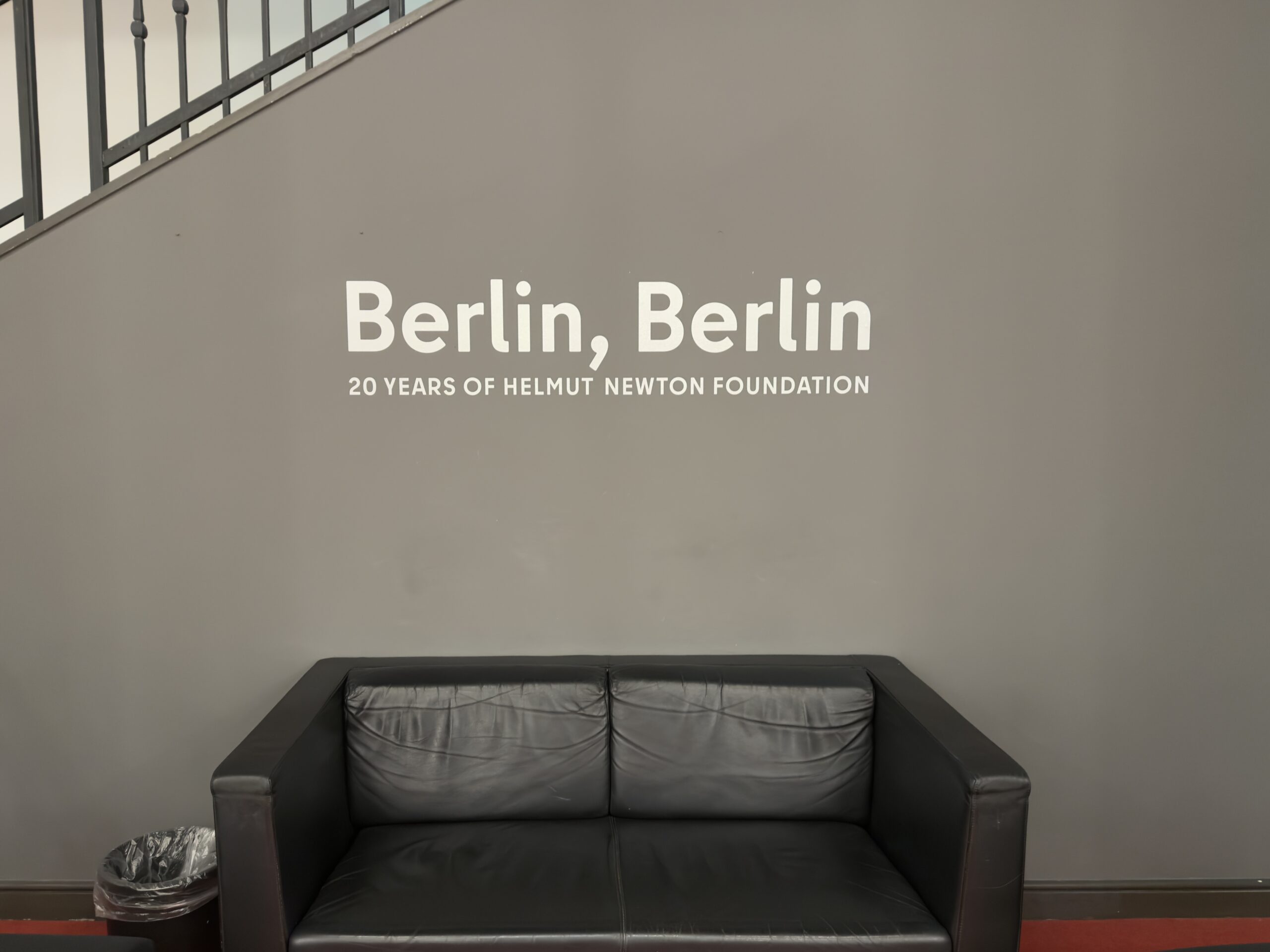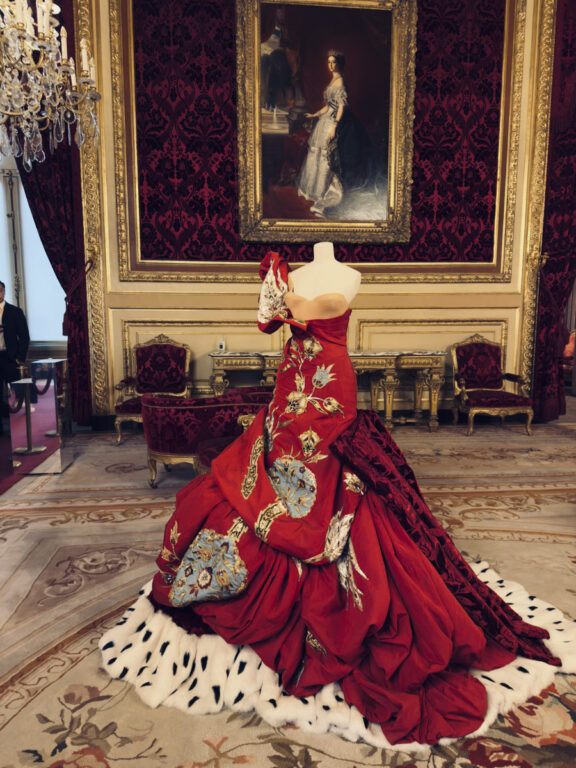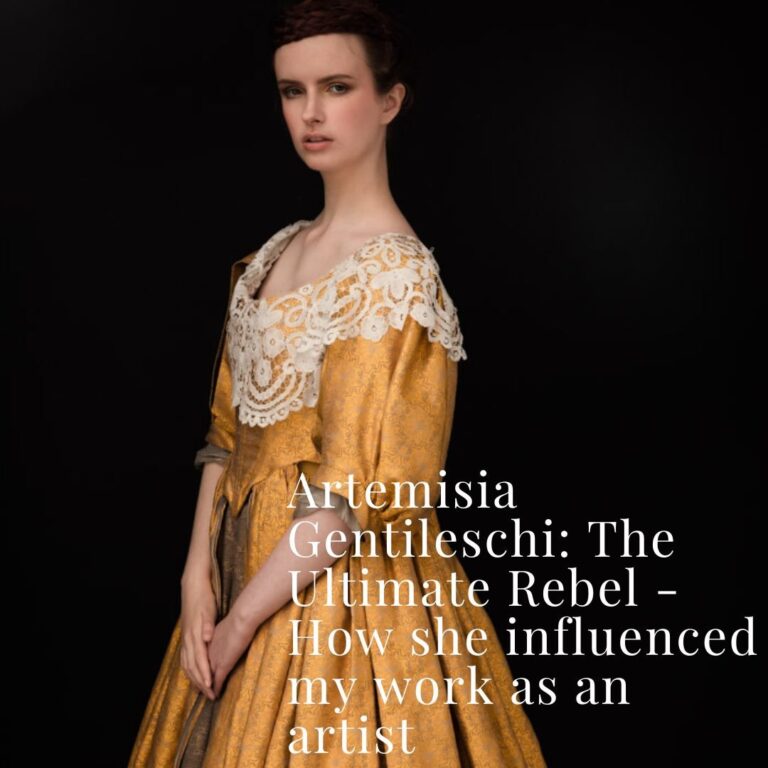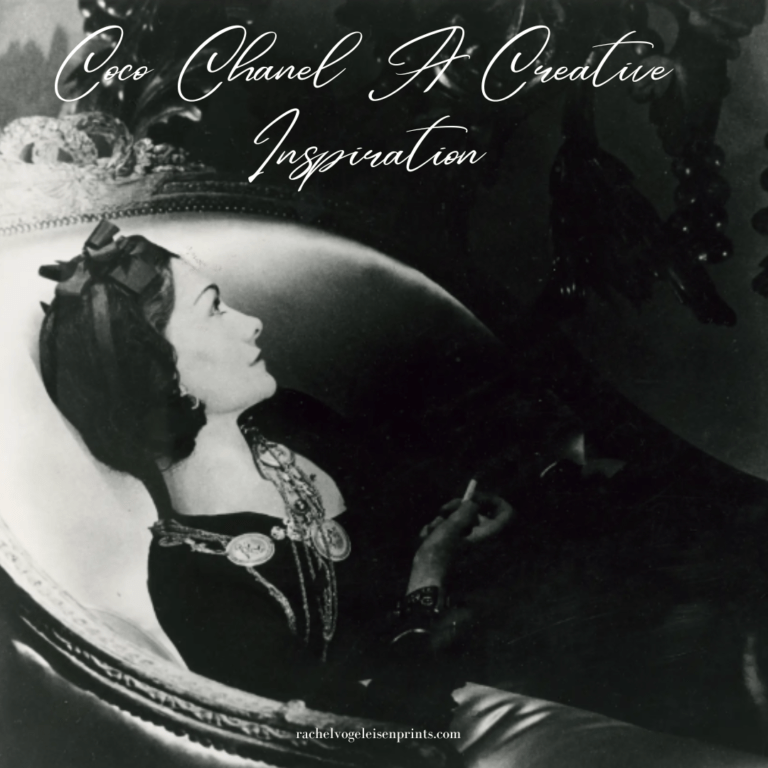Helmut Newton Foundation Photography museum in Berlin a must-see
This week, I returned to Berlin. The city has a mysterious je-ne-sais quoi that makes me wonder why the Bundestag is in Berlin instead of Bonn. Like it was during the BDR and the DDR! Obviously, the divided Berlin I grew up with is still stuck in my head. I chose to go back to Berlin to connect with a model I have previously worked with.
I can’t wait to share the images we took in Hackescher Markt Station. The dark grey sky in the early morning was perfect for the light I was after for the portraits and editorial shoots I had planned.
It was nearly minus 10 on the day we shot. My fingers were so frozen they could hardly press the shutter. I felt quite concerned asking my model to take her coat off. Shooting in the S-Bahn Station didn’t feel as bad as shooting outdoors. Even Alana (the model) said it’s usually not this cold in Berlin.
That is the downside of planning your photoshoots in Winter. Its still my favourite season to shoot outdoors because the light is so soft. But oh boy, my photoshoot didn’t last long because I couldn’t handle the cold! I had to be 100% focused and work in no time! But trust me, the results are ace! I will share these images with you soon!
When exploring a new city, we often overlook photography museums. Yet, they can significantly inspire us.
Next time you plan a city break in Europe, check out photography exhibitions. Look for both temporary and permanent ones. In my latest newsletter, I shared details about my trip to Prague and Berlin. This trip was inspired by a photography project and several photoshoots. I mentioned that I would try to plan a visit to the Helmut Newton Foundation. They currently have a photography exhibition celebrating 20 years of the foundation in Berlin.
Despite my short stay, I managed to visit again. The foundation is located next to Berlin Zoo Bahnhof. This train station for me will forever signify. The book and movie “Wir Kinder vom Bahnhof Zoo”. Relating the story of Christiane F., 13 years old. And her existence of depravity through drugs and prostitution in the Berlin of the early 80s. At the time of the wall, it was the biggest traffic junction in West Berlin. Which may explain the social hot spot in the 80s.
I managed my visit to the museum after a day touring in Berlin (it is open until 7 pm). The entrance (at the time of publication) costs €12. Newton’s famous life-size nudes will welcome you at the entrance. The museum has themed temporary exhibitions. They display Helmut Newton’s work and pieces from other photographers, all centred around a shared theme.
Last time I visited Berlin in February 2019, I went to see an exhibition centred on Leiter, Lynch, and Newton nudes. Most of the work exhibited was shot on film and printed on silver gelatin paper. I know I’m an old git, but nothing beats the beauty of a black and white silver gelatin print. These beautiful prints made me envious as I could never master such a print in my darkroom. Even after a workshop with John Sexton, who learned printing from Ansel Adams using the zone system. You have to be a perfectionist and devote your life to this level of expertise. I’d rather send my negs to the best lab in Paris or London. I hope one day I will be able to afford a darkroom master and have my photographers printed on beautiful baryta silver paper.
The most recent exhibition during my visit this week. Was themed around Berlin from the 1930s to 2000s. Presenting the work of Helmut Newton when he started as a photographer in the 1930s. With other photographers, like Yva the photographer who initiated Newton to photography. The exhibition featured:
- Yva, Barbara Klemm, a fashion photographer in the 1930s in Berlin.
- Yevgeny Chaldei, a Russian-Ukrainian photographer, immortalised the holding of the Russian flag over the Reichstag in Berlin.
- Arno Fischer and Will McBride photographed East and West Berlin. Ehen it was still possible to move between both sides.
- Günter Zint and Arwed Messmer creating work on West Berlin.
- Photographs at the Wall by Maria Sewcz, Michael Schmidt and film stills from Wim Wenders.
- And Newton’s portrayal of his hometown, presented through approximately 100 photographs.

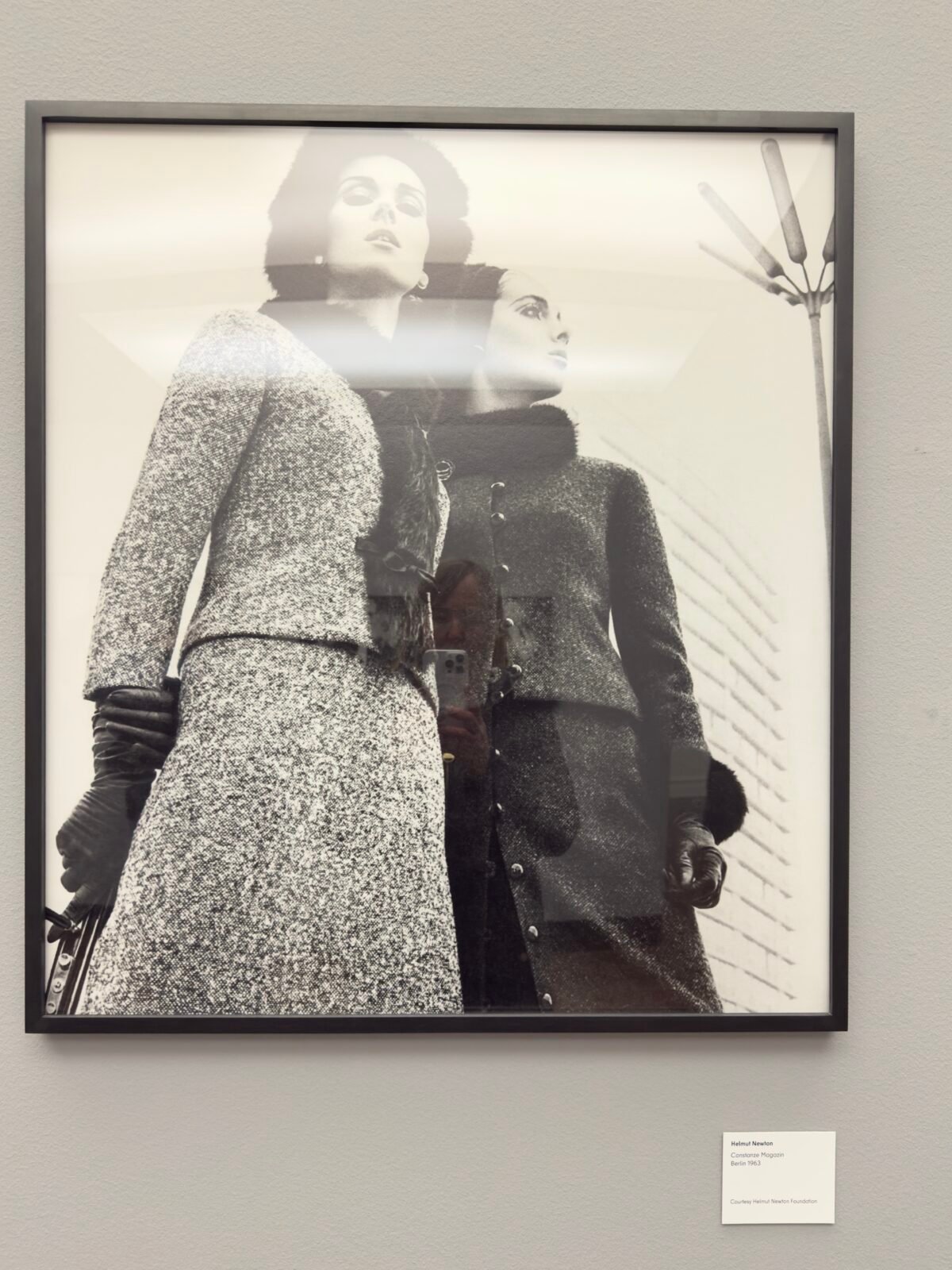






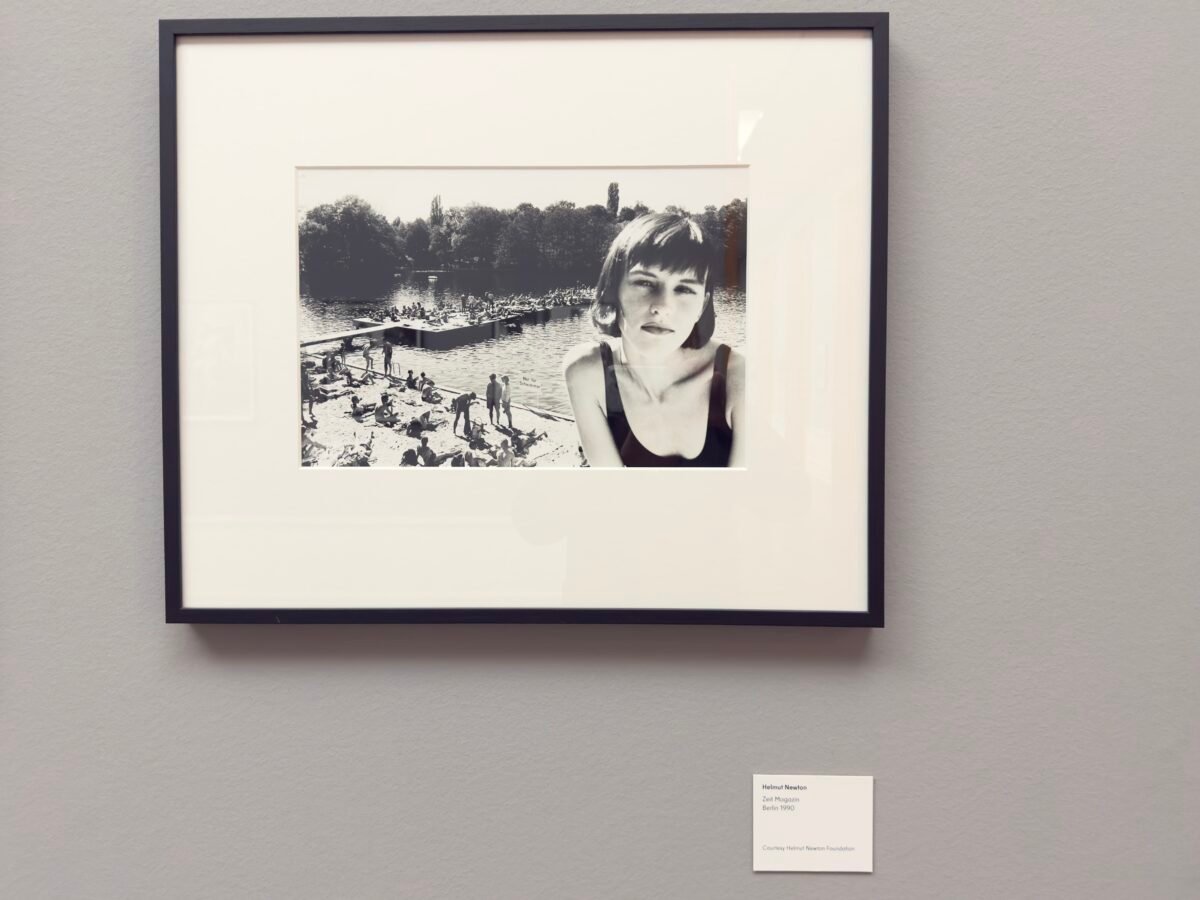
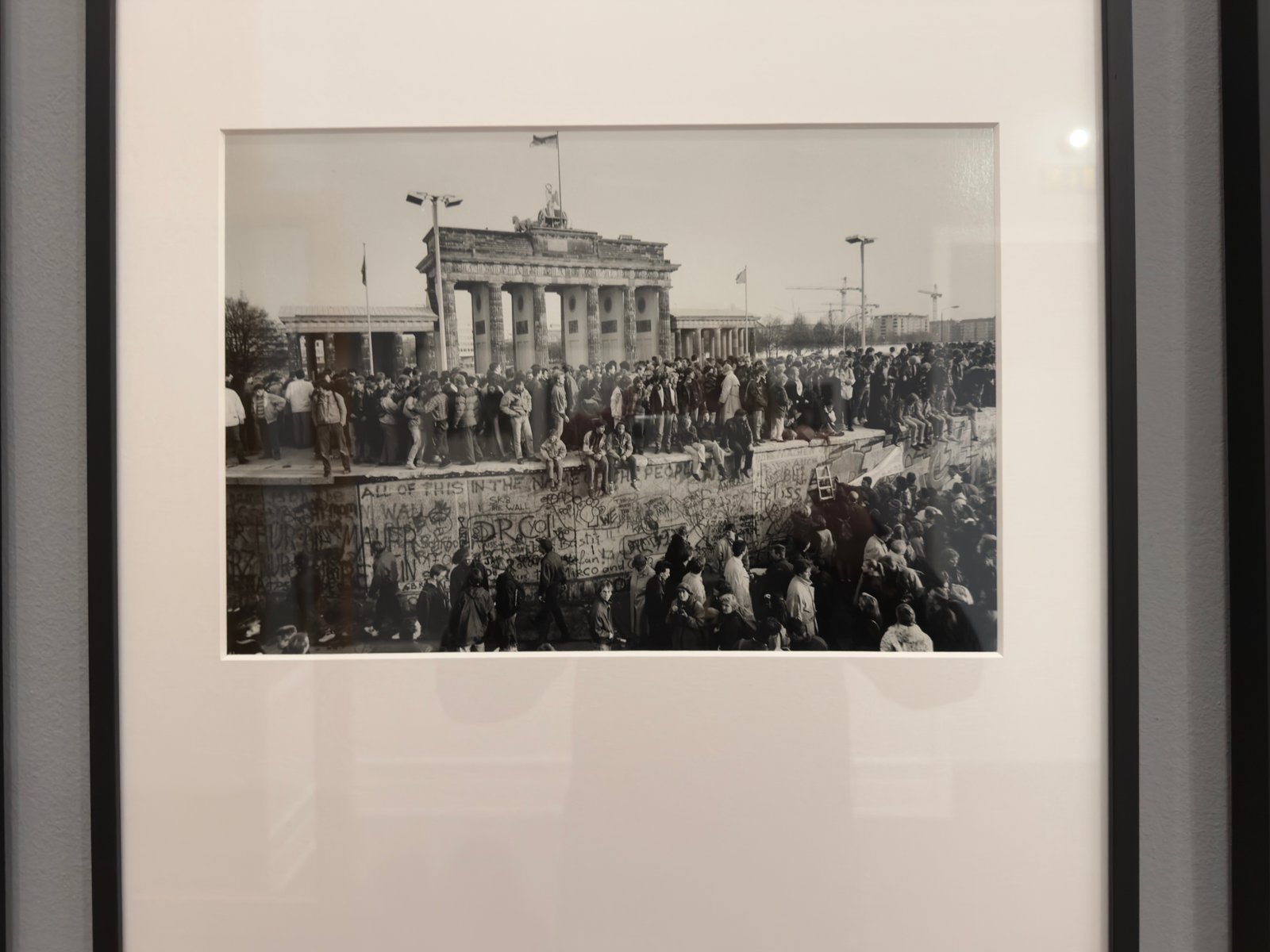

Newton was born and grew up in Berlin. He lived through the chaos of Nazism and escaped the persecution of Jews by fleeing to Australia in December 1938. He didn’t come back to the city until the 1960s. Newton learned photography with Yva from 1936 to 1938. Yva inspired him with her fashion, portraits, and nude work, even though he wanted to be a photojournalist.
His career took off in Paris. in the earty 60s. He returned to Berlin where he created series of photographs in front of the Berlin wall and his controversial 1963 fashion Series for Harpers Bazaar Mata Hari Spy story. In the late 70s German Vogue commissioned him to create a series about his childhood in Berlin. It was called Berlin Berlin, which inspired the name of this 20th anniversary exhibition.
Berlin Berlin features a blend of fashion, portraits, nudes, documentary, and deadpan photography. Printed primarily in black and white on silver gelatin.
Growing up in the 1970s made these photographs about East and West Berlin a reality for me. Often, when I walk around in Berlin, I ask myself which part did this area belonged to?
Looking at these photos brings living under the Iron Curtain to life. This exhibition is only on until the 16 February. The next one looks as exciting. It will be dedicated to Polaroids starting on Match 6th to July 25th. Featuring Newton’s work along other photographers. It will highlight different Polaroid processes and formats: SX-70, Polacolor 20 x 24, FP-100, and Polaroid T808. Featuring photographers like:
- Maurizio Galimbert
- Pola Sieverding
- Marike Schuurman
- Charles Johnstone
- Sheila Metzner
Why should I visit the Helmut Newton Foundation?
Here are five compelling reasons to visit the Helmut Newton Foundation in Berlin:
1. Iconic Photography by Helmut Newton
The foundation highlights the innovative work of Helmut Newton. He was one of the most important fashion and portrait photographers of the 20th century. His bold and cinematic style has made a big impact on fashion photography. He especially shines in his portrayal of strong women. You can view original prints, Polaroids, and personal archives. These items provide a closer look at his artistic vision.
2. Rotating Exhibitions of Other Renowned Photographers
The foundation also hosts exhibitions that feature legendary and modern photographers, along with Newton’s work. Past exhibitions have included works by Irving Penn, Peter Lindbergh, and Ellen von Unwerth, making it a must-visit for anyone passionate about photography and visual storytelling.
3. A Glimpse into Newton’s Personal Life
The museum displays Newton’s personal memorabilia. This includes his cameras, letters, and other items. Visitors get a closer look at his creative process and influences. You can also see his childhood roots in Berlin, where he lived before emigrating due to Nazi persecution.
4. The Unique Location – Museum für Fotografie
The foundation is housed in the Museum für Fotografie, a historic building that adds to the experience. With its grand neoclassical architecture, the space enhances the impact of Newton’s dramatic photography. The museum itself has been a major center for photography lovers in Berlin since 2004.
5. Berlin’s Vibrant Art Scene & Nearby Attractions
The museum in Charlottenburg is near popular spots like Charlottenburg Palace, Berlin Zoo, and the famous Kurfürstendamm shopping street. A visit to the Newton Foundation can be part of a broader exploration of Berlin’s rich artistic and historical landscape.
Share any photography exhibition or museum you recommend.
P.S Stay tuned for that Berlin photoshoot that I will share soon.

